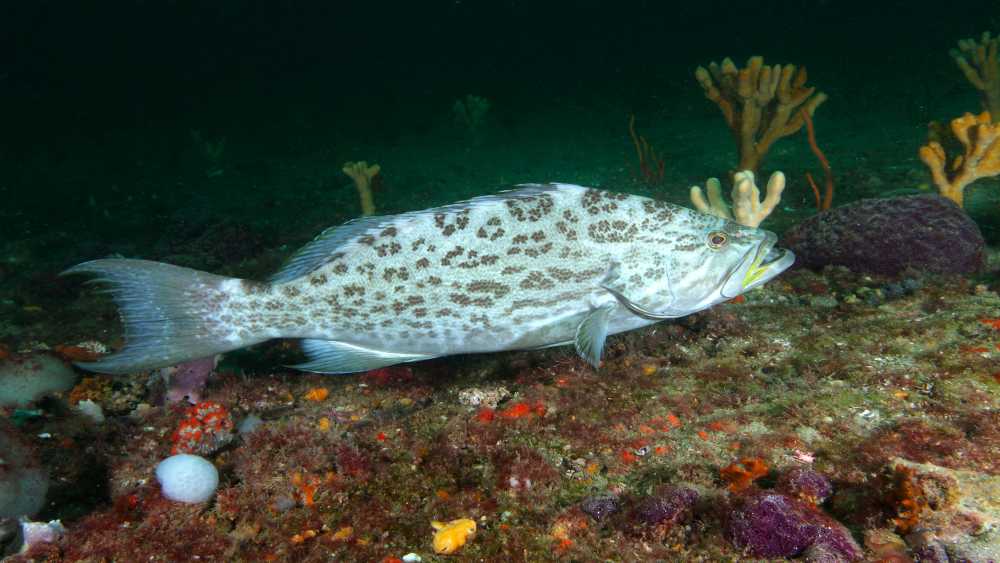Ecological Connectivity

Gray's Reef National Marine Sanctuary is a natural live-bottom protected area that may be important in connecting recreationally, commercially, and ecologically important species to other areas of the West Atlantic Ocean. It is located centrally on the continental shelf between North Carolina and Florida. A variety of species have been found at Gray's Reef, from top predators such as white sharks to protected species such as loggerhead sea turtles. Many of the species found at Gray's Reef migrate throughout the Atlantic Ocean. However, the timing and duration of how fish and other species use Gray's Reef in these broad movements are unclear. We are working with partners such as NOAA's National Centers for Coastal Ocean Science and academic institutions to demonstrate the importance of this marine protected area for animal movements throughout the southeast U.S. ocean ecosystem and conversely to understand how changes in the quantity and quality of habitat and other physical and chemical parameters outside the sanctuary affect Gray's Reef.
These studies will also shed light on conservation and protection needs for these important live-bottom habitats and the species that use and maintain such habitat along the South Atlantic Bight from Cape Hatteras, NC to Cape Canaveral, FL. The identified needs will be considered during management plan reviews to ensure the sanctuary management plan is focused on these issues and that regulations are effective to minimize negative ecological effects due to human use.
During 2012 scoping meetings for development of the 2014 management plan, NOAA received recommendations to evaluate potential areas outside of Gray's Reef National Marine Sanctuary that may share significant ecological connections with the resources in the current sanctuary boundary and require conservation and protection. As a result, Gray's Reef National Marine Sanctuary established a Connected Areas ("Connectivity") working group under the Sanctuary Advisory Council. The working group assembled literature about live-bottom areas and potential connectivity between those areas within the Carolinian Ecoregion. Sanctuary staff subsequently hosted a regional workshop to collect additional information about ecological connectivity of live-bottom habitats within the South Atlantic Bight and identify any additional conservation and protection needs that could inform upcoming updates of the Gray's Reef National Marine Sanctuary Condition Report and Management Plan.

